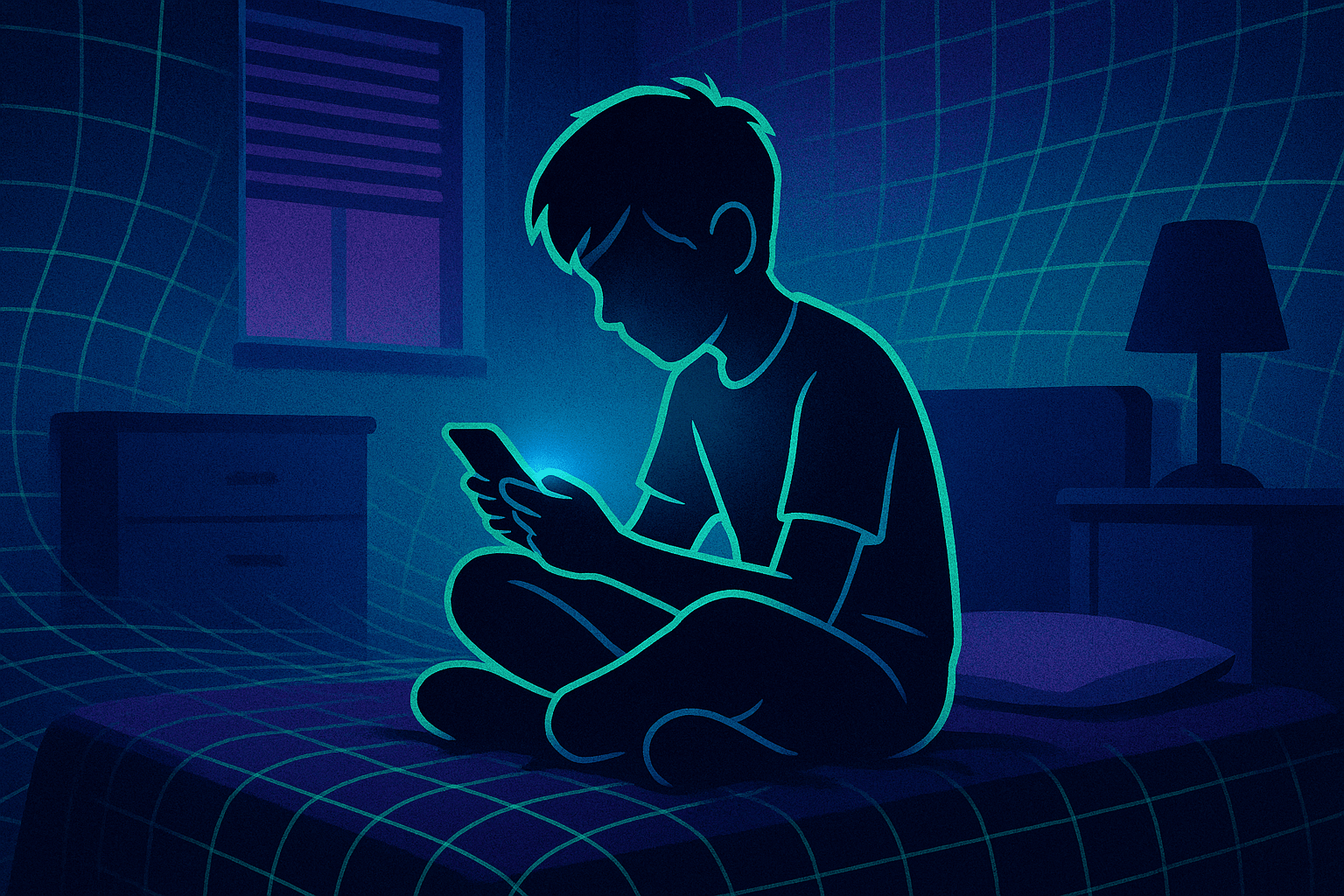OpenAI plans to give Microsoft a much smaller share of its revenue going forward, according to a report from The Information.
The company has reportedly told some investors that Microsoft's cut — currently just under 20 percent — will drop to around 8 percent by 2030. That shift would let OpenAI hold on to more than $50 billion in additional revenue to cover its massive computing costs. Under the original deal, Microsoft was guaranteed 20 percent through 2030.
In return, sources told The Information that Microsoft will get one-third of the restructured OpenAI entity, with another portion going to the nonprofit side. Microsoft still will not have a board seat. The two companies are also said to be negotiating over server expenses and contract terms around the potential use of artificial general intelligence (AGI).
It's not yet clear whether the recently announced, non-binding agreement between the two companies already reflects these revenue changes.
